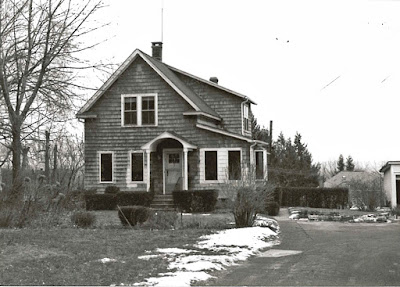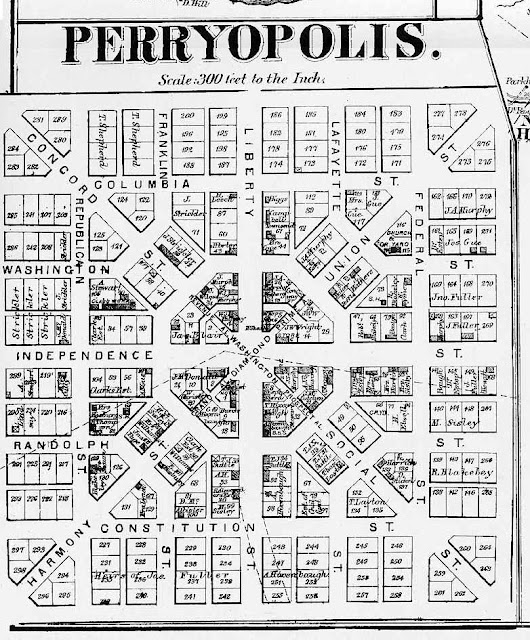One of my favorite hiking trails is the Ramona Falls Trail which takes you through forest, across the Sandy River, through more forest, and then reveals magical Ramona Falls about 3.5 miles in. If you continue from this point you can go another 4 miles up to Yocum Ridge which has a front-row seat facing Mt. Hood's west facade. You can also access the Pacific Crest Trail from Ramona Falls.
Along the trail are scattered glacial erratics left over from when the Sandy Glacier extended miles down Mt. Hood's western flank. Those days are gone, but that receded glacier's path will always be marked with these enormous car-size boulders. The river channel adjacent to the trail is very wide yet most of the year the river runs narrow, centered in the channel. But still, it's an icy glacial river that runs swift and can't be safely waded.
For years there has been a foot bridge in place for hikers' convenience. The Forest Service (USFS) put it in every May and removed it in October. It didn't have enough clearance to remain in place during the winter and spring high water season. Two summers ago a flash-flood destroyed the bridge while someone was crossing. That person drowned. USFS is not going to replace the bridge.
Ramona Falls (it's bigger than it looks here)
Along the trail are scattered glacial erratics left over from when the Sandy Glacier extended miles down Mt. Hood's western flank. Those days are gone, but that receded glacier's path will always be marked with these enormous car-size boulders. The river channel adjacent to the trail is very wide yet most of the year the river runs narrow, centered in the channel. But still, it's an icy glacial river that runs swift and can't be safely waded.
Sandy River with Mt. Hood in the distance
For years there has been a foot bridge in place for hikers' convenience. The Forest Service (USFS) put it in every May and removed it in October. It didn't have enough clearance to remain in place during the winter and spring high water season. Two summers ago a flash-flood destroyed the bridge while someone was crossing. That person drowned. USFS is not going to replace the bridge.
Ramona Falls, 2015
This summer we did a little backpack trip for one night at the falls. We knew the bridge was gone and wondered how or even if we would be able to cross the river anywhere. Well it was easy. A large fallen tree spans the whole width of the river providing a way to walk across. Someone added a smaller tree parallel to the big one to use as a handrail.
the crossing in 2015
The large log in the center is the new "bridge." The skinny log just to the right is the handrail. We are in the distance preparing to cross. Even though I'll miss that old bridge, it's a boon to have a way to cross the Sandy to get to the falls. At least until the next flash flood washes away the log bridge.











































